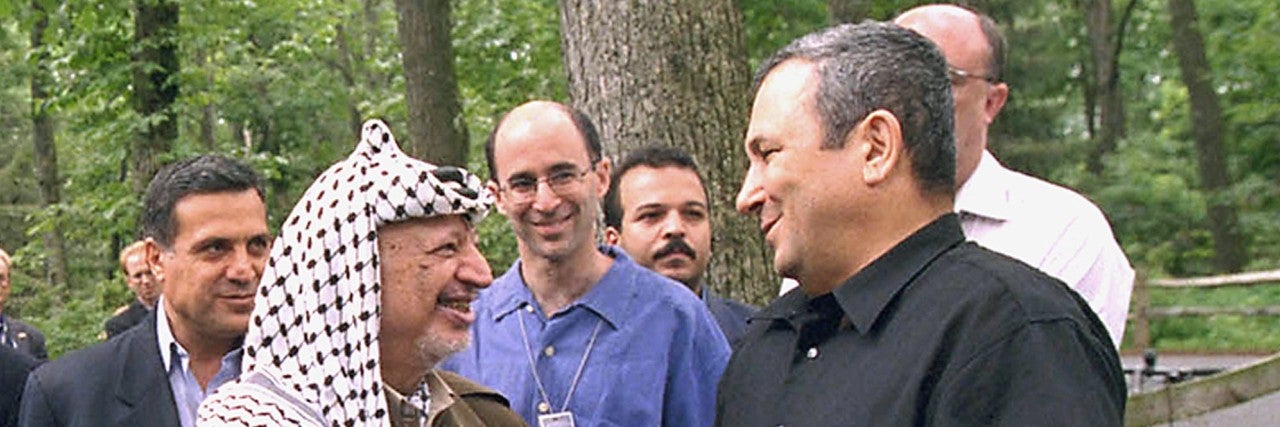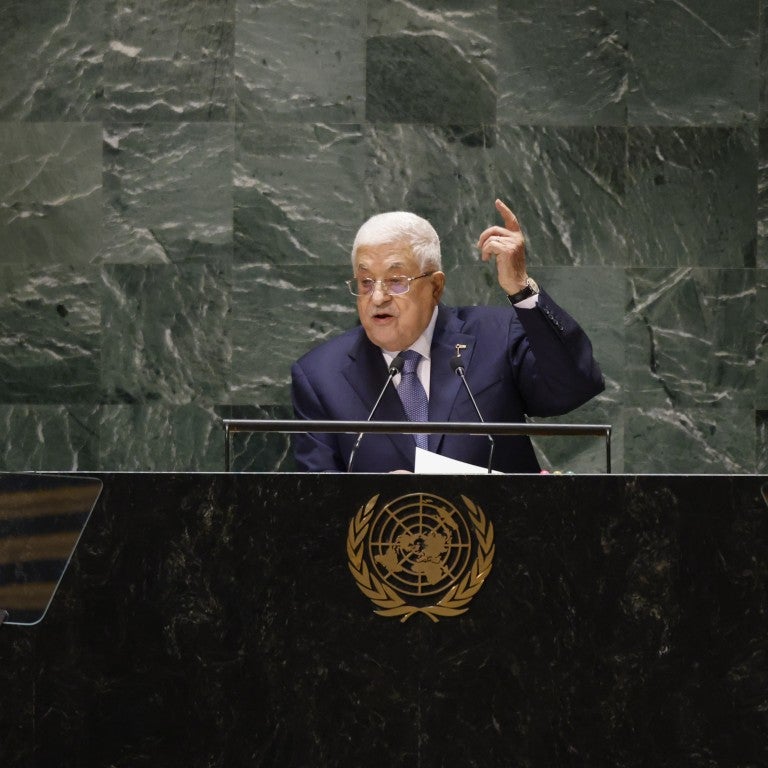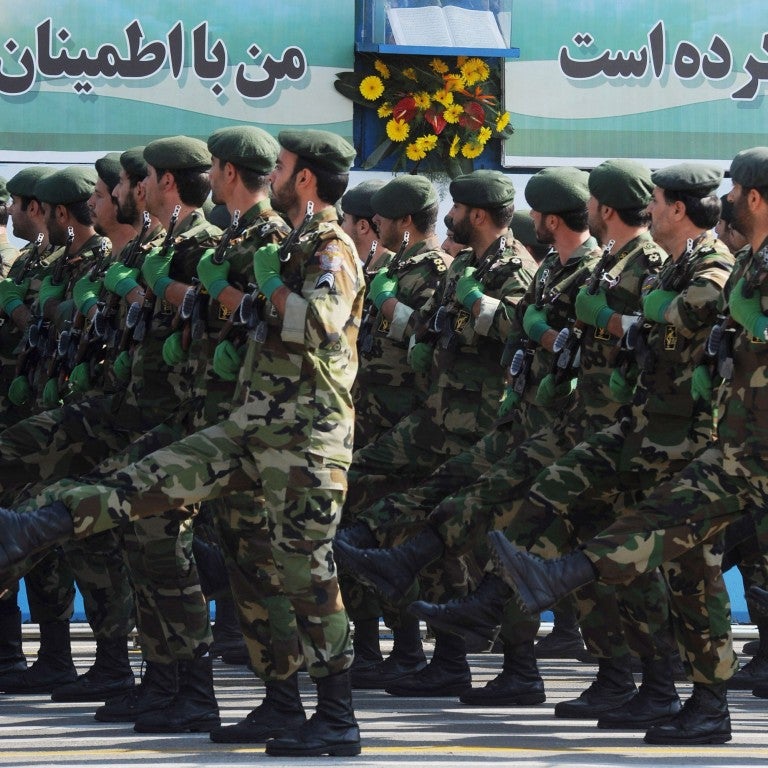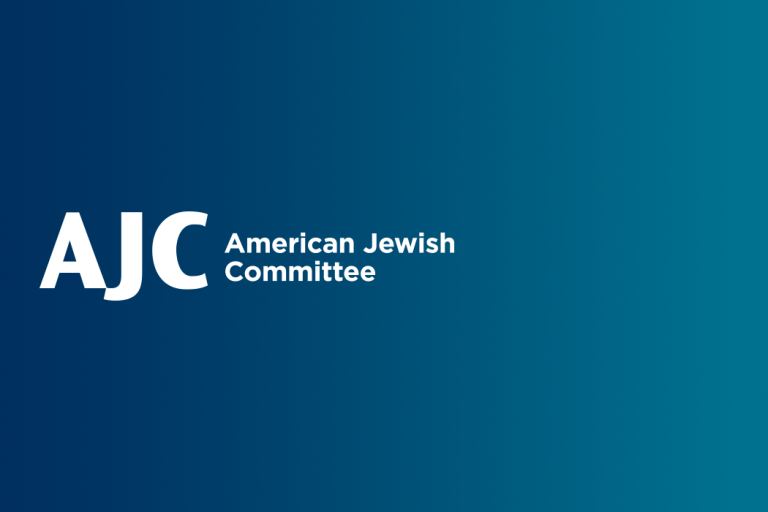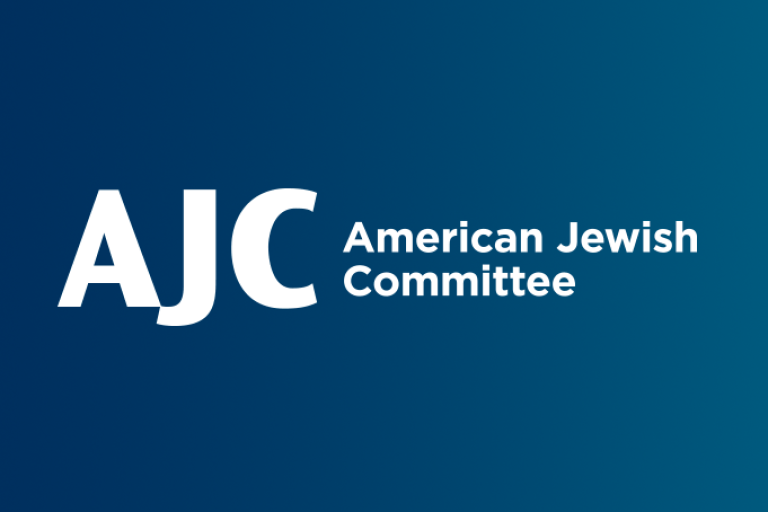February 26, 2024
Following the brutal Hamas massacre on October 7, which has left now 1,200 Israelis dead, thousands wounded, and currently 134 taken hostage, any discussion of peace between Israelis and Palestinians or a two-state solution is a distant reality.
Yet, over 75 years, Israeli leaders have tried time and time again to make the dream of peace a reality.
Throughout the peace process, the two-state solution has been a central concept in Israeli-Palestinian negotiations and international diplomacy. Territorial disputes, security concerns, the status of Jerusalem, settlements, and the right of return for Palestinian refugees have remained significant obstacles - as has a weakness in Palestinian leadership needed to make the difficult steps toward ending the conflict.
1947 United Nations Partition Plan: Efforts towards peace began as early as 1947 before the modern state of Israel was founded when the UN Special Committee on Palestine (UNSCOP) recommended a partition of the Mandate of Palestine into a Jewish and Arab state.
What Happened? The UN General Assembly endorsed the proposal, which Jewish leaders accepted, but the Arabs rejected. After Israel declared independence on May 14, 1948, five Arab armies invaded the nascent state to eliminate it. Israel successfully repelled the invasions and eventually signed armistice agreements with Jordan, Syria, Lebanon, and Egypt.
Since 1947, several more attempts at peace have been attempted. Tragically, all have failed - and some with disastrous consequences:
Oslo Accords (1993 and 1995): The Oslo Accords were a pair of transitional agreements signed by Israel and the Palestinian Liberation Organization (PLO) that were designed to establish a partnership for negotiating border disputes, create Palestinian self-governance through the creation of the Palestinian Authority, and over time, pave the path to peace. While the talks resulted in two successful agreements (Oslo I in 1993, and Oslo II in 1995) the accords unraveled and left the region in a continued state of hostility and distrust. Several key factors contributed to the failure of these accords.
What Happened? In 1995 Israeli Prime Minister Yitzhak Rabin was assassinated by Yigal Amir, an Israeli extremist who opposed Oslo. This was followed by a string of terrorist attacks by the Palestinian terror group Hamas, which opposed Oslo and supported the destruction of the Jewish state, further undermining the peace camp in Israel. Yet, with U.S. mediation, Israel and the PLO signed the Hebron Protocol in 1997, which provided for the transfer of most of Hebron to Palestinian control, and the Wye River Memorandum in 1998 - infighting over the agreement eventually brought down Israeli Prime Minister Benjamin Netanyahu’s right-wing government in 1999, ushering the Labor Party, headed by Ehud Barak, back into power. Barak signed the Sharm al-Sheikh Memorandum with Palestinian leader Yasser Arafat, with both sides agreeing to begin permanent status negotiations, however, those eventually went nowhere with Palestinians suspending talks over Israeli settlement construction.
Camp David Summit (2000): Then-Israeli Prime Minister Ehud Barak and U.S. President Bill Clinton hosted Palestinian leader Yasser Arafat for negotiations at Camp David in 2000. Barak offered significant territorial concessions to the Palestinians, including the establishment of a Palestinian state in most of the West Bank and Gaza Strip with East Jerusalem as its capital.
What Happened? The talks failed to produce a final agreement with Palestinian leader Yasser Arafat rejecting the offer. Commenting later, President Bill Clinton said that Arafat missed a historic opportunity for peace.
After the summit’s failure, growing Palestinian riots over a visit by Ariel Sharon to the Temple Mount spiraled into what became known as the Second Intifada, a violent escalation of anti-Israel and antisemitic terrorism that led to widespread terror attacks on Israeli civilians, including bus bombings and suicide attacks, and Israel re-occupying large swathes of the West Bank to quell the terrorist violence. Israeli leaders blamed Arafat for instigating and orchestrating the terrorism. With the Second Intifada, the Oslo process became seen as a failure, despite many legal aspects of it still being in place today, such as the Palestinian Authority's continued control over parts of the West Bank.
Gaza Disengagement (2005) In 2005, Israel, overcoming huge political pushback and the terror onslaught during the Second Intifada, withdrew from the Gaza Strip, dismantling its settlements and military installations in the name of peace.
What Happened? After Israeli withdrawal in 2005, the coastal territory has been under the control of the Iran-backed Hamas terrorist group, which violently ousted the Fatah-controlled Palestinian Authority in 2007. Hamas has used Iranian support to launch several significant attacks against Israel from its base in Gaza, including in 2008, 2009, 2014, 2021, and most recently on October 7, 2023, when Hamas terrorists murdered over 1,400 Israelis, wounded over 5,400, taken over 243 hostages, and launched thousands of rockets.
Annapolis Conference (2007): In 2007, Israeli Prime Minister Ehud Olmert and Palestinian Authority President Mahmoud Abbas, with the support of the U.S., launched the Annapolis Conference. The goal was to reach a peace agreement that would lead to the establishment of a Palestinian state. Hamas called for all parties to boycott the conference.
What Happened? Olmert said that he gave Abbas an “unprecedented offer” based on a return to the pre-1967 borders, including land swaps and a division of Jerusalem. But Olmert never received a final response from the Palestinians on the offer. A Palestinian negotiator subsequently acknowledged in the media that the Israeli plan would have given his side the equivalent of 100 percent of the disputed lands under discussion.
Settlement Freeze (2009-2010): U.S. President Barack Obama attempted to revive Israeli-Palestinian peace talks shortly after taking office in 2009. At a speech at Cairo University that year, Obama reiterated his support for a two-state solution.
What Happened? As part of a good faith gesture, Israeli Prime Minister Benjamin Netanyahu implemented a settlement freeze, a key Palestinian demand, that lasted 10 months. While talks briefly restarted, Palestinian Authority President Mahmoud Abbas aborted the talks.
Peace to Prosperity Plan (2020): U.S. President Donald Trump unveiled the “Peace to Prosperity” plan in January 2020. The plan presented a vision for a two-state solution but with certain parameters, including Israeli sovereignty over some settlements in the West Bank and land swaps. The plan also included an economic component, which was unveiled in June 2019 at a conference in Bahrain, that promised $50 billion in new investment for Palestinians.
What Happened? The plan was largely rejected by the international community, although serious attention was given to the new opportunities for regional cooperation and investment built into the proposal. The Palestinians did not participate in the drafting of the plan and outright rejected it when it was released. Palestinian Authority President Mahmoud Abbas had boycotted the Trump administration following its decision to recognize Jerusalem as Israel’s capital in 2017.
Where Are We Now?
Despite some criticism of Israel’s political posture over the last few years, Israeli leaders have demonstrated time and again the Jewish state’s commitment to peace. Just last year Israeli Prime Minister Yair Lapid used his address to the UN General Assembly to show support for the two-state solution. Indeed, history has shown that decades of Israeli leaders have gone to great lengths, including sacrificing their political careers, and in one case, their lives, in the pursuit of peace. Tragically, since its inception in 1987, Hamas has categorically rejected the notion of peace, the two-state solution, and Jewish peoplehood.
Today, led by the Abraham Accords and efforts to normalize relations between Israel and Saudi Arabia, we are at a rare moment in history where the Arab world can play a constructive role in bringing together Israelis and Palestinians in ways never imaginable. AJC stands firmly behind Israel’s right to destroy Hamas’ network of hate - but when the time is right, we also stand ready to help support a political solution to the Israeli-Palestinian conflict which brings together the United States and new Arab partners. While Israel must defend itself, we also know that the only way to provide true security is to overcome the hate proliferated by Iran, Hezbollah, and Hamas by bringing together Israeli and Arab leaders dedicated to the principles of peace, prosperity, and understanding.
